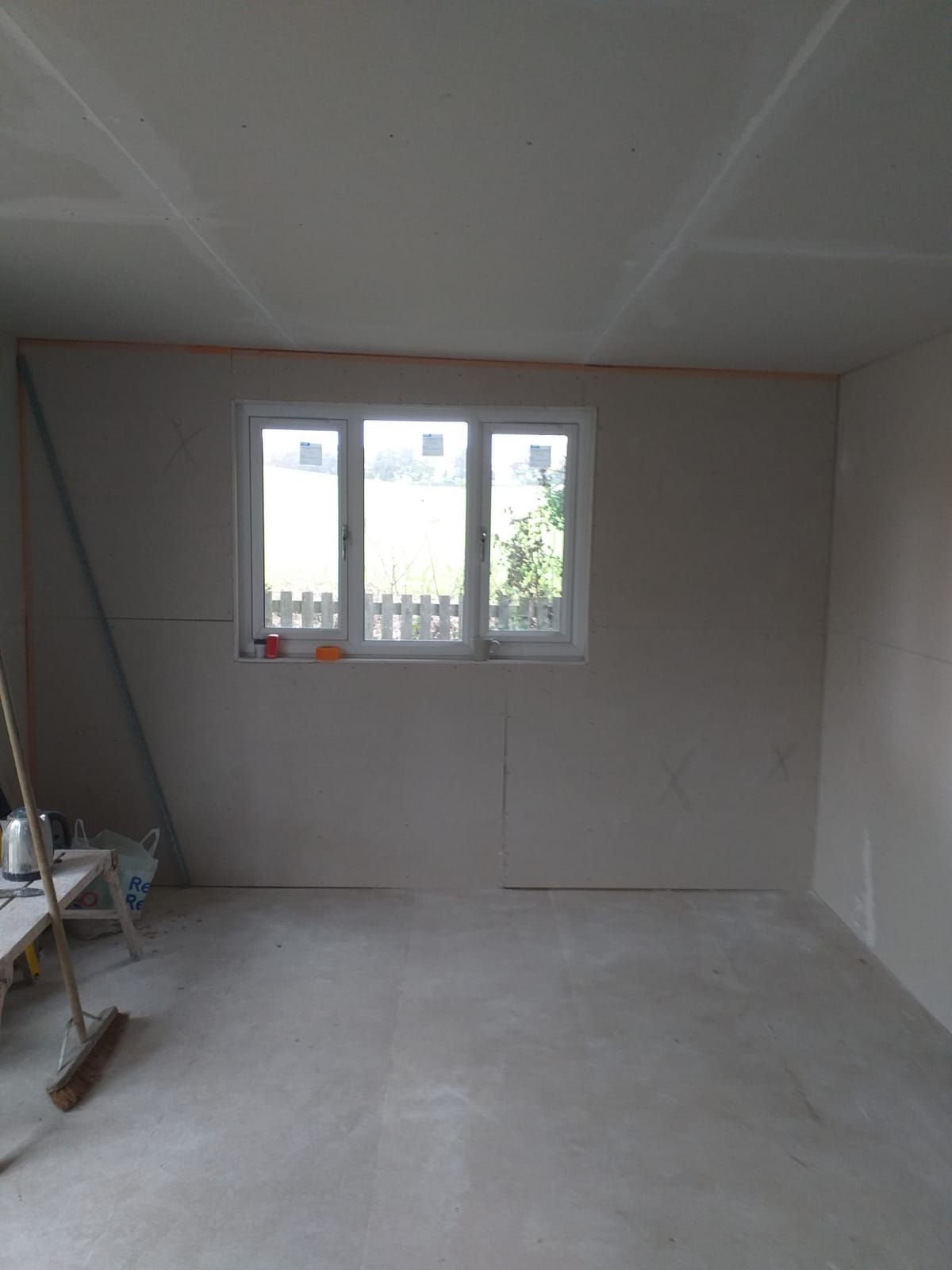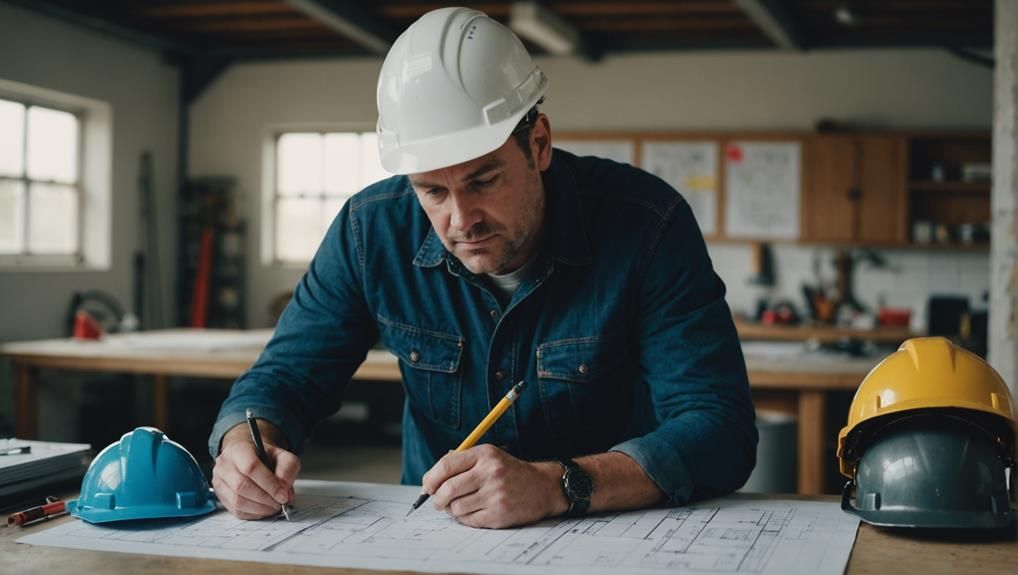Conservation Area Restrictions For Garage Conversions
Before you convert your garage in a conservation area, you'll need to understand the specific restrictions that protect the unique historical and architectural character of the area.
You're likely going to need specific permissions for your project, guided by
local planning authorities. It's essential to balance design aesthetics with heritage preservation and to follow regulations to avoid legal hassles.
All changes, including alterations to the facade and interior, need to
fit with the area's architectural style.
Seeking guidance from local planning authorities will guarantee your project adds to the local preservation efforts, and there's more to uncover on this journey.
Key Takeaways
- Understand the specific permissions required for garage conversions in conservation areas.
- Liaise with local planning authority for guidance and to clarify restrictions.
- Respect the area's historical significance and architectural integrity in your design.
- Verify compliance with conservation area regulations to prevent legal issues.
- Consider the guidelines for interior and facade alterations, ensuring they align with the area's architectural style.
Conservation Area Designation
Conservation areas are specifically identified by local authorities to protect regions of unique architectural or historic significance. Conservation areas aren't just about preserving old buildings, but are also about maintaining the overall character of an area.
The architectural integrity, the unique features, the open spaces, and even the trees are all part of the landscape protection efforts in these areas.
When you're living in a conservation area, you're part of a
living, breathing piece of history. Every alteration or development, including garage conversions, is a delicate task. It's like a surgery where you're trying to improve the patient without changing their essence.
Before you start swinging that sledgehammer, it's vital to get in touch with your local planning authority. They'll guide you through the specific permissions and considerations you need to adhere to for your garage conversion.
Local Planning Authorities In Essex
| Area | Website |
|---|---|
| Chelmsford | Click Here |
| Basildon | Click Here |
| Brentwood | Click Here |
| Maldon | Click Here |
| Rochford | Click Here |
| Canvey | Click Here |
Preservation Guidelines Overview
Changes to external features such as windows, doors, and roofs are often limited under these guidelines.
Any alteration that affects the external appearance of your property may require
planning permission.
Specific Permissions Required
Getting through the specific permissions required for converting a garage in a conservation area can be a complex task. You'll need to navigate the planning process with care.
Here's a quick overview table to help you understand:
| Permission Type | Description | Importance |
|---|---|---|
| Planning Permission | Needed for significant changes | Ensures conservation area's character is preserved |
| Listed Building Consent | Required for conversions in certain areas | Protects architectural and historical integrity |
| Design Restrictions | Requirements on external alterations | Maintains the aesthetic coherence of the area |
| Local Planning Authority | Provides specific guidelines | Ensures compliance with restrictions |
| Consultation | Involving the local authority early in the process | Prevents potential legal issues |
Limitations for Garage Conversions
Managing the limitations for garage conversions in conservation areas can be challenging.. You'll face design challenges and will need to work towards maintaining architectural harmony with the surrounding properties and the overall character of the area.
Material restrictions may pose another hurdle. You can't just pick any material that suits your fancy. You'll need to select materials that align with the existing structure and the conservation area's guidelines, ensuring the aesthetic impact is minimal and respectful to the area's history.
Exterior alterations will be scrutinized heavily. Any changes to the structure's facade, including doors, windows, or even the roof, mustn't detract from the area's historic preservation efforts. You may need to replicate existing architectural styles or use specific color palettes.
Importance of Compliance Verification
Verifying compliance with conservation area guidelines isn't just a formality, it's a critical step in your garage conversion process. The benefits are substantial, outweighing the challenges you might face.
1.
Protection from Potential Legal Issues: By confirming compliance, you can avoid potential legal problems. Non-compliance could lead to hefty fines or even undoing the conversion work.
2.
Smooth Conversion Process: Compliance verification minimizes delays. You won't have to pause your project to address non-compliant elements.
3.
Possible Exceptions: While no exceptions should be taken for granted, certain variations may be permissible. Each conservation area may have different regulations; knowing these can give you an advantage.
Despite the challenges, confirming compliance is worth the effort..
Conclusion
So, before you start
transforming your garage, make sure you're fully aware of any conservation area restrictions. Get in touch with your local planning authority for precise guidelines and any potential limitations.
By planning ahead, you'll ensure your new space isn't just stunning, but also legally sound.
You might also like


Book a Service Today
We will get back to you as soon as possible
Please try again later
Time To Get In Touch?
Call us today to discuss your project.
Location
Call
All Rights Reserved | Company Name | Powered by Snapps


